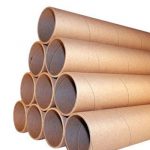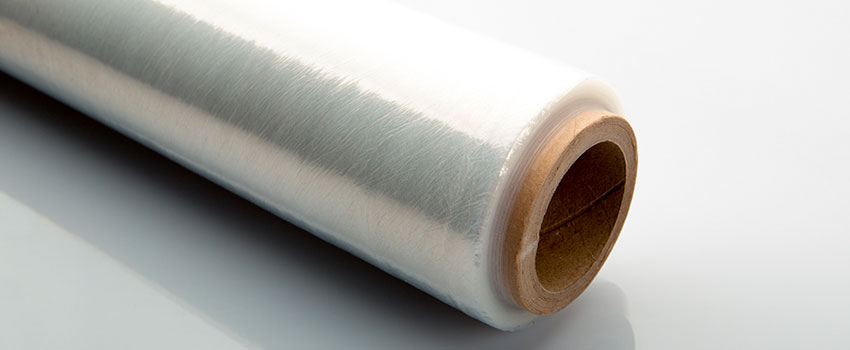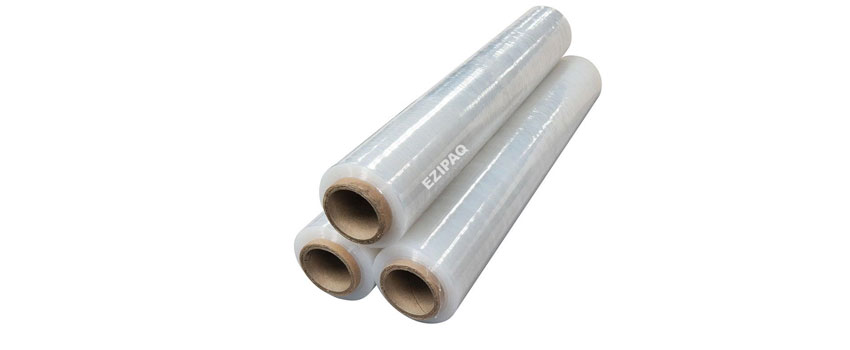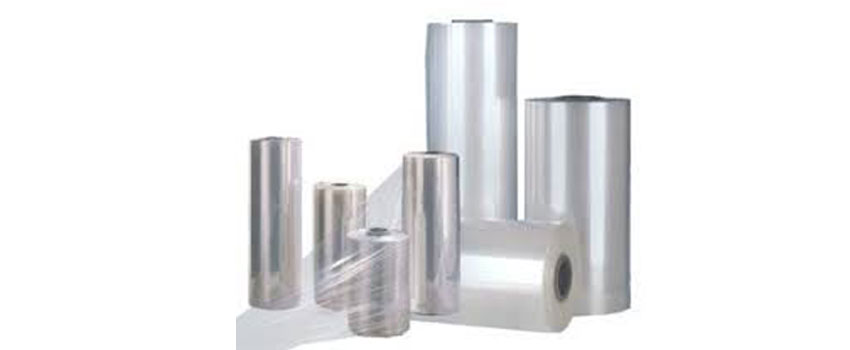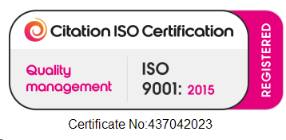The Reach of Customisability
Flexible films – Flexible film is touted for its ability to be customized supported the specifics of the merchandise being packaged. Irrespective of shape, size or visual needs, this solution gives you the flexibleness to tailor your packaging per your unique specs and market objectives. This can be a true competitive advantage. To protect and secure products for retail and shipping environments, there are three main varieties of films: PVC, and polyethene. Everyone features different capabilities and characteristics that make them suitable for specific applications, or they will be combined to form multilayer films with distinct barrier properties for better protection or longer time period. The flexible film also can add a variety of tamper-resistance to the grocery if necessary. The customization element extends to visual properties, additionally, including clarity, glossiness, and printability. It allows you to actually showcase your product and brand in an attention-grabbing way. Some formulations of shrink film are ideal for packaging meats or frozen foods, as they enforce barriers to scale back fog or moisture-vapour transmission. You’ve got the power to print high-quality graphics in an array of colours and styles to wrap your product in creativity and magnificence or to incorporate important information right the package.
The Extent of Flexibility
Versatility in an exceedingly packaging solution is essential. With the range of options in flexible packaging, you’ll be able to create a package that stands up, hangs from a peg display or sits on a shelf. In other words, the packaging works for the merchandise instead of the opposite way around. Flexible packaging films are designed with numerous product requirements and realities in mind. There are options that prioritize durability and resistance to ripping, safe distribution and storage, freshness and food safety, and protection from environmental elements like temperature, light, moisture, and gas. The flexible film helps to extend the time period of perishable items and may conceal the smells of the packaging’s contents. Stand-up pouches are developed using flexible film and became a well-liked option for food products, especially those with high-liquid contents. These pouches are both durable and versatile, protecting the merchandise from environmental and physical hazards encountered within the stages of transport and storage.
The Production Minimizes Cost
Because flexible film may be tailored to the precise size of your product, there’s no have to use more materials than absolutely necessary. It can conform to your goods and render a better product-to-package ratio, which has the potential to scale back, your manufacturing costs. Dynamic utilization of flexible packaging films helps to simplify your packaging systems, eliminating the price of labelling or capping, as an example.
With the utilization of high-quality films, you’ll be able to often end the necessity – and corresponding cost – for added packaging elements like corrugated trays. Plus, the expense of implementing flexible packaging film, from materials to production costs, is significantly under that of plastic or glass containers. Since flexible packaging is lightweight, it’s more cost-effective to ship domestically and internationally. While it’s going to seem strange, adding more layers to your flexible packaging design can help improve the production costs and the revised functionality of it. Doing so, it will allow more precise control of the layers and gives to fewer limitations. This, in return, minimizes the need for complex engineering. With new technologies becoming available all the time, you’ll be able to further cut packaging costs by down gauging or selecting a movie with a lower width. If you create significant film waste on your packaging line, it’s worth testing a smaller width to work out if this will be reduced. If you’re employed with a packaging specialist to conduct a movie audit for your packaging line, you’ll really be able to see what cost-reduction options are available to you.
This promotes Reusability and Eco-Friendly Methods.
Flexible packaging may be designed to incorporate features like zip locks, spouts, and seals that may be resealed after opening. As consumers increasingly seek options that deliver greater convenience, this benefit supports the chance to draw in more sales. It further advances market appeal to customers who take an interest to find new uses from what they have already got in their homes.
Extremely Eco-Friendly
As sustainability becomes more important for Consumer grocery (CPG) businesses of all sizes, it’s critical to adopt packaging materials that meet sustainability standards. One in all the best upsides of polyolefin and polyethene films is that they’re recyclable. There are efforts being made to form a compostable, biodegradable alternative to plastics that last as long, but there are few options available as of today. Additionally, polyolefin film is an FDA-approved food-safe material and doesn’t release harmful vapours during the heat-sealing process. Flexible packaging film requires less energy to manufacture and transport, and it generates smaller quantities of greenhouse gases on its thanks to the market. The recyclability, sustainability, and waste-reduction related to flexible film options can boost product appeal for consumers preferring buying from brands and firms that take steps to scale back their environmental impact and ecological footprint. Finally, the waste-to-energy trend, or WTE, is becoming a more viable end-of-life option for flexible packaging materials. Technological advancements have overcome issues related to harmful incineration emissions, which makes it more viable for companies to show waste into electricity, synthetic gas, fuels, and recycled materials. Doing so can help reduce air emissions, landfill loads and energy usage.


